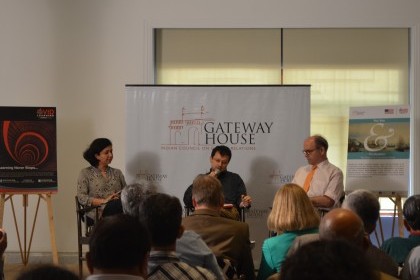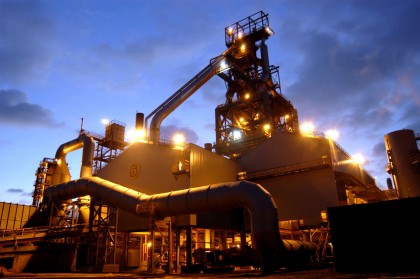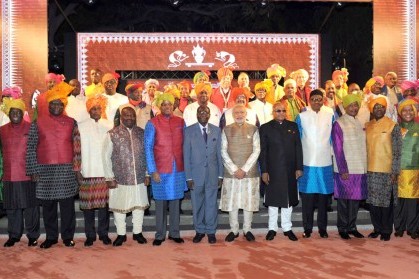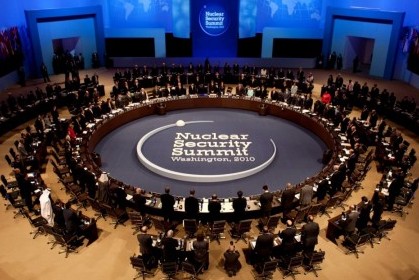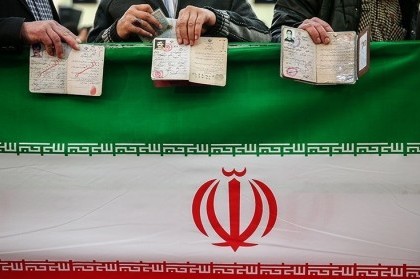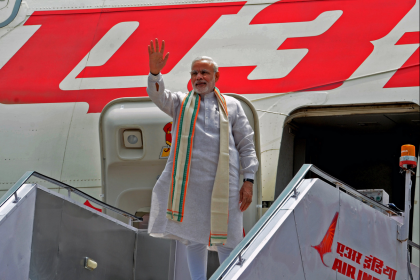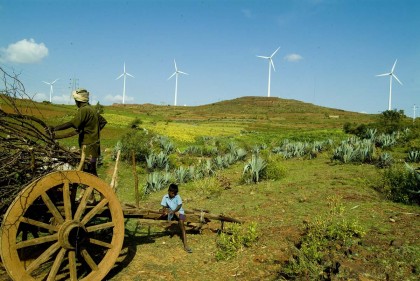India’s future is sea-facing
India needs a more developed strategic focus on its eastern-western seaboards. Prime Minister Narendra Modi has taken the lead, investing considerable diplomatic capital and time in his visits to Saudi Arabia, the UAE, and island nations in the Arabian Sea. In the east, he is progressively engaging with ASEAN, Japan and Australia


